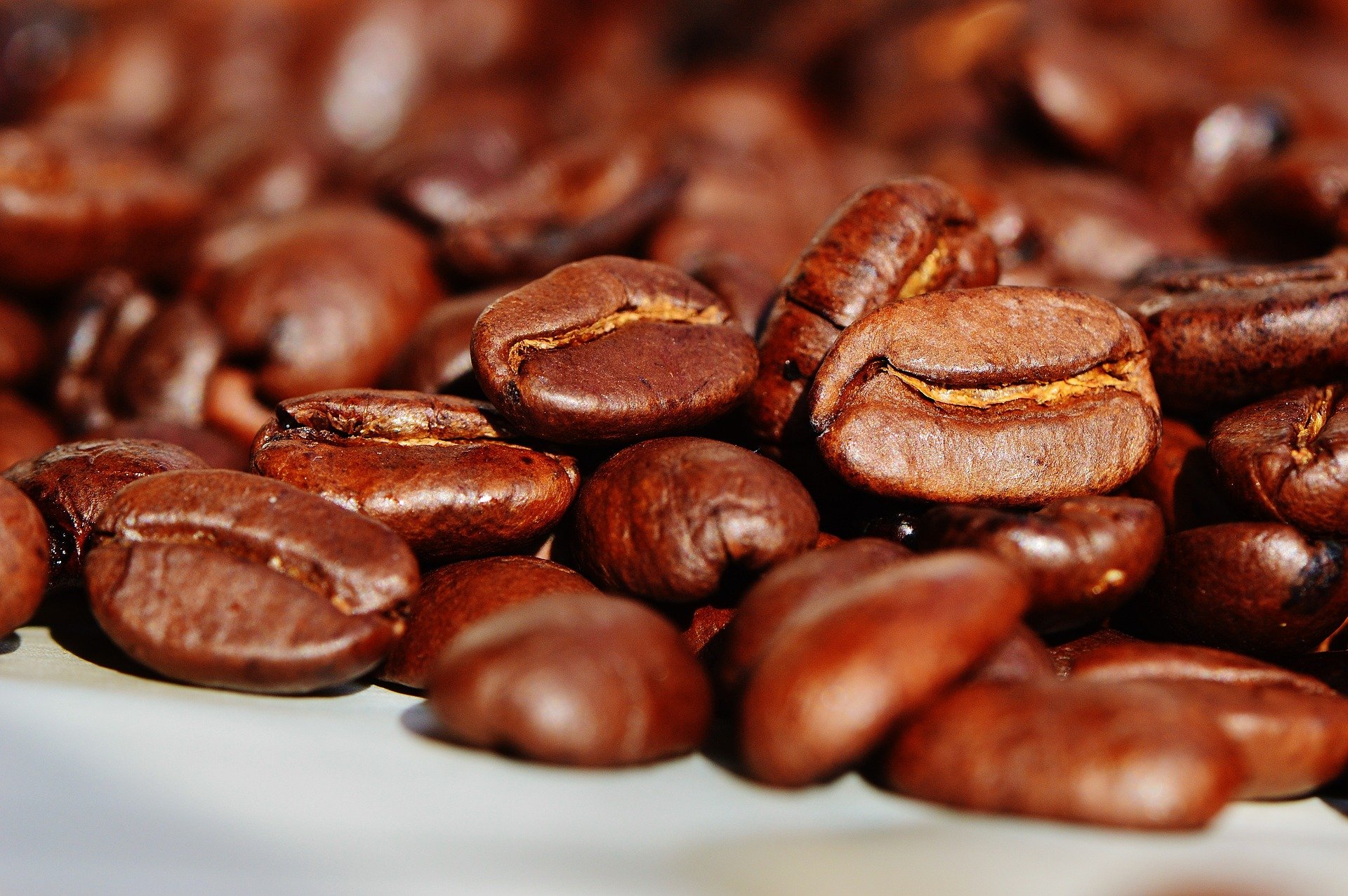A matter of global concern, the impact of climate change extends to the Middle East, where record high temperatures, drought, and flooding challenge the viability of food staples. Researchers say that these effects will only increase, further stressing an already-struggling food system and depleted water supply. In a recent roundup in Middle East Eye, reporters disclosed details about the state of the following staples:
Coffee (Yemen)
The earliest record of coffee cultivation beyond the Horn of Africa comes from Yemen, where Sufi mystics, whose growing techniques have been passed down ever since, started using the bean by around 1450.
The types of beans grown in Yemen thrive at altitude, where temperatures are cooler, and are considered to be of superior quality and taste. Recently, however, rising temperatures have resulted in drought, thereby compromising harvests. Indeed, at the current rate, scientists predict that about half of the land now viable for coffee production will be unusable by 2050.
Arabica coffee from Yemen comprises about 60 percent of the world’s coffee production, so coffee prices will continue to rise with poor harvests.
Fish (Iraq)
Although the Tigris and Euphrates rivers in Iraq have provided fish in abundance for centuries, this supply has been compromised in recent years by summer temperatures that regularly exceed 50 degrees Celsius, which warms water to levels that are dangerous for fish. This natural circumstance is being compounded by human activities that dump brine, pollution, and waste, including about 70 percent of the country’s chemical byproducts and other industrial waste, into waterways, where the sight of dead fish on the banks is not uncommon.
As fish become scarce, many who have relied on fishing for a living have been forced to move inland to find other work.
Mangoes (Egypt)
As Egyptian mangoes have become known for their quality and sweetness, Egypt has evolved into one of the world’s foremost producers of the fruit, which grows primarily in the Northeast and is harvested between June and late October.
Typically, growers harvest enough mangoes to satisfy domestic and international demand alike. However, as with coffee in Yemen, rising temperatures are wreaking havoc on the production of this fruit; in fact, Egypt’s mango farmers requested government assistance in 2021 in response to an 80 percent loss resulting largely from a heat wave.
Olives (Palestine)
One of the Middle East’s most versatile crops, olives not only serve as food, but can also be used to produce soap, oil, and cosmetics, among other products. In Palestine, which has a particularly close connection with the olive, the fruit functions as a symbol of the country’s heritage. Moreover, many Palestinians depend on it for their livelihood.
Changing weather has been devastating for olive harvests, which occur annually between October and November. The harsh climate has made it more difficult for trees to grow and bear fruit. Indeed, the International Committee of the Red Cross reported a 55 percent decrease in the olive yield for 2020, which was attributed to unusual rainfall patterns and temperature fluctuations.
In addition to the trees’ sensitivity to temperature changes, they are susceptible to extreme heat, in which the fruit can dry out and die. In fact, in some parts of Palestine, crops were so depleted that harvesting required no more than a week.
The news has not been better in 2021, as a 60 percent drop in yield was reported, again because of poor environmental conditions. As prices increase and crops fail to satisfy local demand, Palestine’s agricultural ministry is allowing the fruit to be imported from other countries.
Wheat (Turkey)
Perhaps the most devasting crop impact is to wheat, a Middle Eastern food staple that underpins the region’s food security and whose production in Afghanistan is already under threat for 2022. Similarly, Turkey’s grain production, which is generally high, is at risk.
Along with extreme temperatures, sparse rainfall, and drought, Turkey dealt with wildfires in 2021 that could become regular disruptors of the annual grain harvest if climate change is not curbed. Additionally, Turkey’s agricultural sector, of which grain is a substantial component, comprises about 6 percent of the country’s GDP, providing it with some self-sufficiency. But, as harvests suffer, Turkey is turning to expensive wheat imports and, in doing so, shifting its reliance to other countries.
The future doesn’t look bright; over the past couple of decades, Turkey’s spending on imported wheat has increased from $150 million to $2.3 billion, and officials predict that about 60 percent of Turkey’s land is susceptible to desertification. Coupled with a mismanaged water system and poor irrigation, many farmers are struggling to produce viable wheat crops.

